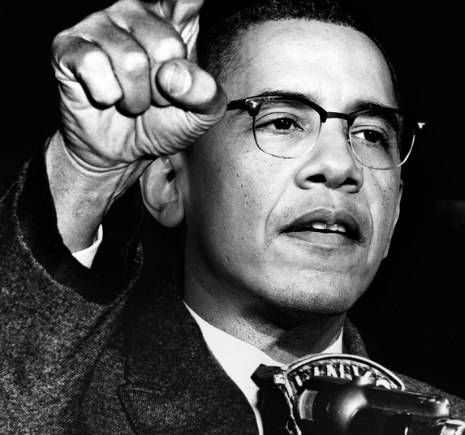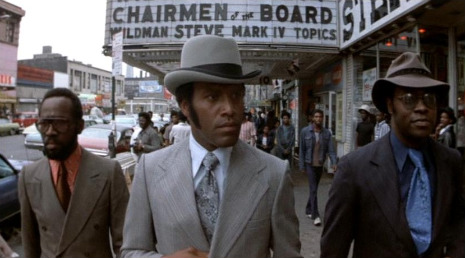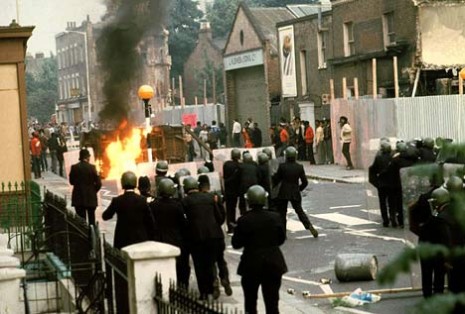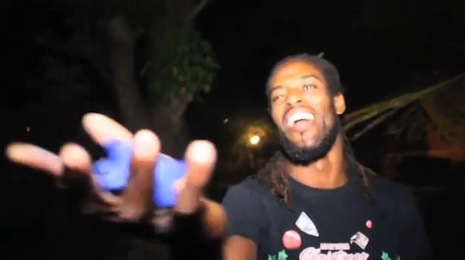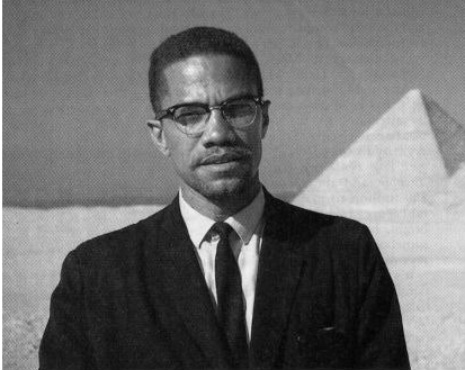
Graffiti Rock‘s Michael Holman and DJ Jimmy Jazz
Before Yo! MTV Raps and Rap City hit the markets in the late ‘80s, New York culture maven Michael Holman first made the move to put hip-hop culture on TV with the show Graffiti Rock.
In 1984, Holman—who played music with Jean-Michel Basquiat and Vincent Gallo in the legendarily obscure band Grey—got a bunch of banker friends to put together $150,000 to shoot the pilot for the series at Madison Ave. and 106th St. It screened on WPIX channel 11 in June 1984.
Holman turned the show into a seminar on the culture. Alongside future superstars Run D.M.C., Kool Moe Dee and Shannon—and cameos by “Prince Vince” Gallo and Debi Mazar—he featured his own crew the New York City Breakers, pieces by graf artist Brim, and hilarious slang translations. For the time, the show is pretty slick and ready for prime-time. Holman picks up the tragic story from there…
So the show airs and actually does much better than people thought! We got great ratings and aired in 88 syndicated markets, nationwide. But when we went to Las Vegas to sell the show at NAPTE (National Association of Producers of Television Entertainment) we hit a wall. First, the station managers (the people responsible for purchasing new shows in their markets) didn’t understand why “Graffiti Rock,” and hip hop was different to what Soul Train was offering. Secondly, certain stations wouldn’t take the chance to buy “Graffiti Rock,” unless other, larger markets did first. Chicago was waiting on L.A. to bite, and L.A. was waiting on New York. But the major New York syndicated stations at the time, were controlled by unsavory characters, and they wanted money under the table to put the show on the air! My main investors refused to deal with these forces (I of course would have done whatever I had to to get it on the air, and am still pissed they didn’t play along!)...
Graffiti Rock proved a legendary snapshot into what hip-hop TV was about to be. What a shot in the arm it would have been for the culture. Gnarls Barkley would later lovingly spoof Holman and the show for the video for their 2008 hit “Run” and before that, the Beastie Boys sampled Holman’s excellent little seminar on scratching in pt. 2 on their tune “Alright Hear This.”
I’ll leave part 3 of the YouTube of Graffiti Rock off this post in an appeal for you to reward a culture hero like Holman by buying the DVD.
After the jump: more Graffiti Rock








